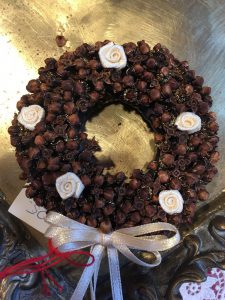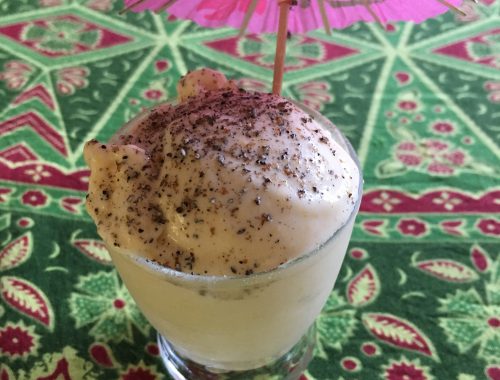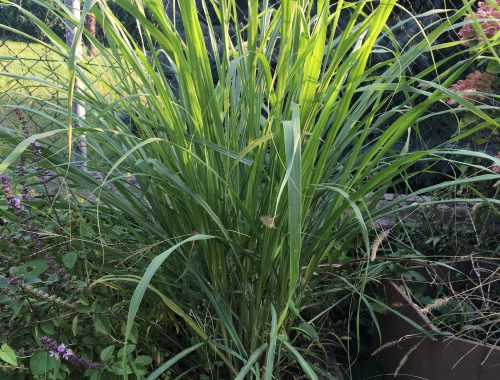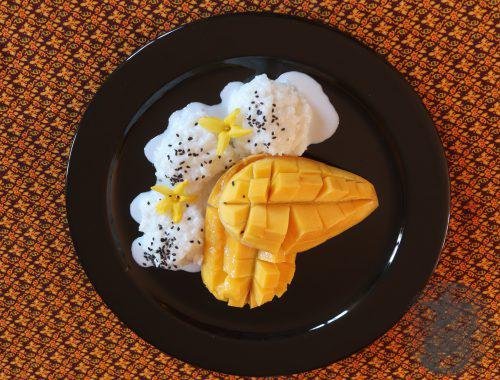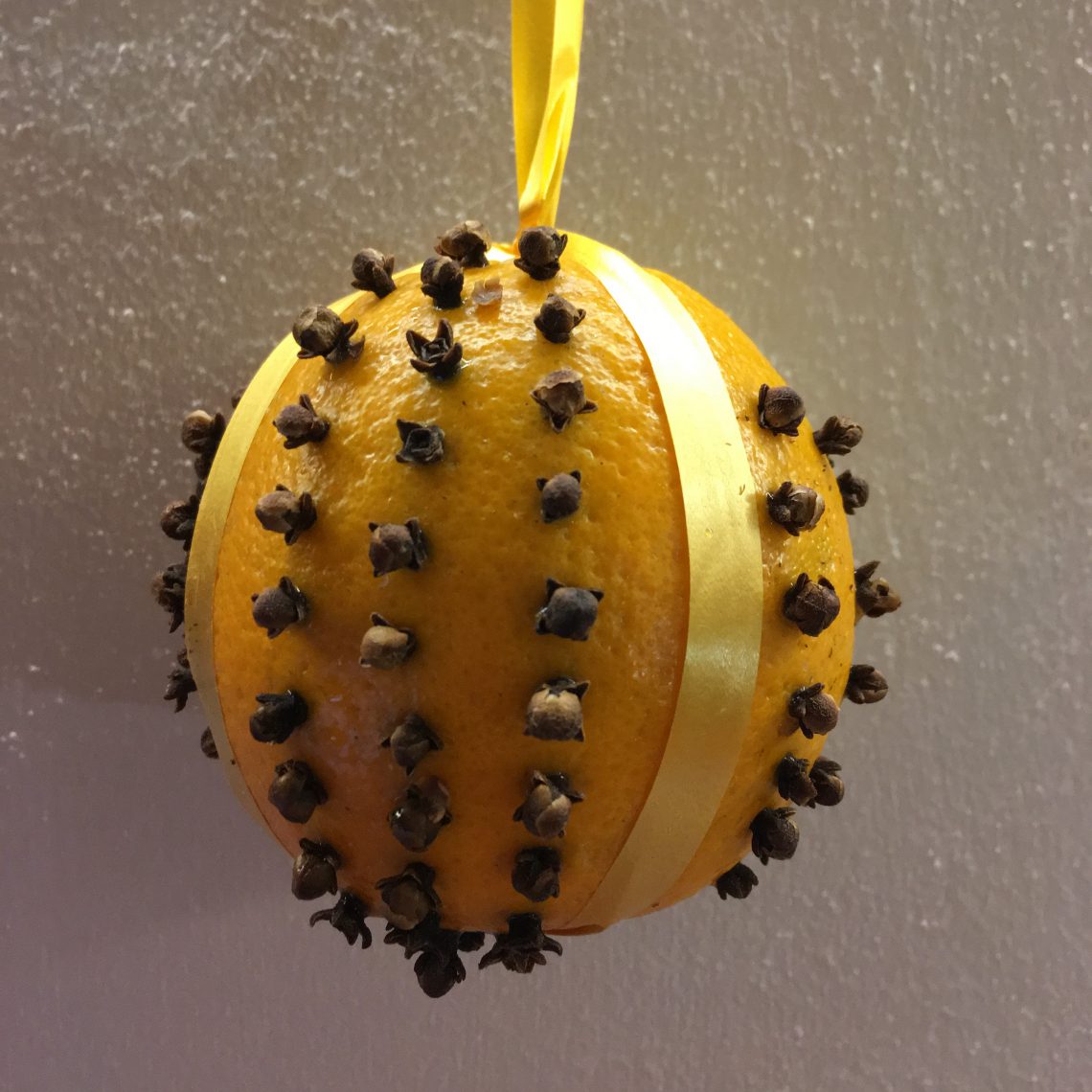
Spices are not only for seasoning!
What else should they be for?
First in healthcare and later for pleasure
In the course of history, spices had different meanings and were used in different ways.
As early as 2000 BC, the Egyptians used spices and herbs to embalm their dead and to produce body ointments.
Even nowadays, like in the past, spices, especially the warm ones like cinnamon, vanilla, coriander, and pepper, are used in perfume production. Cardamom, on the other hand, provides freshness, which however increases the price.
Later, in the 3rd-5th century BC, many spices and herbs were used by doctors as medicines. In the meantime, they were forgotten as remedies, but today they are experiencing a comeback, as the many articles in newspapers and magazines prove. Some spices, such as turmeric, are even scientifically studied today.
During the plague epidemic in the Middle Ages, spices were burned to purify the air.
At that time, the food quality was not always great, and spices helped to drown unpleasant smells. In addition, many spices were and are used for preserving, like the pepper in sausages.
Spices as a status symbol
In the Middle Ages, spices were also regarded as a status symbol; the poorly used spices that grew in their own gardens, such as mustard, dill, caraway, fennel, and aniseed.
Pepper, cinnamon, nutmeg, cloves, and ginger, which came from far away, were reserved for the rich, who used them a lot because they liked to show off what they had…
Spices as appetizers
Apart from improving taste, spices also stimulate the appetite because they promote the production of saliva and gastric juice. In the Middle Ages, spices were served as an aperitif or digestif, either as creamy mixtures or as drinks. Even today, various seeds such as fennel, cumin, and anise are served in India, partly coated with (colorful) icing sugar, at the end of a meal. These mixtures are called Pan Masala and help digestion.
Spices in the kitchen
In Egypt, in 2000 BC, aniseed, cumin, cassia, cardamom, mustard, sesame, fenugreek, onions, garlic, and juniper were already used. In China, on the other hand, star anise, saffron, and ginger were better known at that time.
Spices came to Europe first via the Silk Road and later via the sea. Many nations had a monopoly on certain spices and there were strict laws on the cultivation and importation of spices. There were even false nautical charts to mislead competitors.
And last but not least:
And what about the memories?
Spices are important carriers of memories and holiday dreams. Who hasn’t tried the taste of, for us, exotic cuisine? When we use spices at home, they bring us to foreign countries thanks to our imagination.
Who doesn’t associate the smell of certain spices with a season, like cinnamon with Christmas?
Even our favourite recipe from our childhood is probably associated with a certain scent.
I wish you many beautiful “spice memories”
Next week I introduce you to a special decoration with spices!
